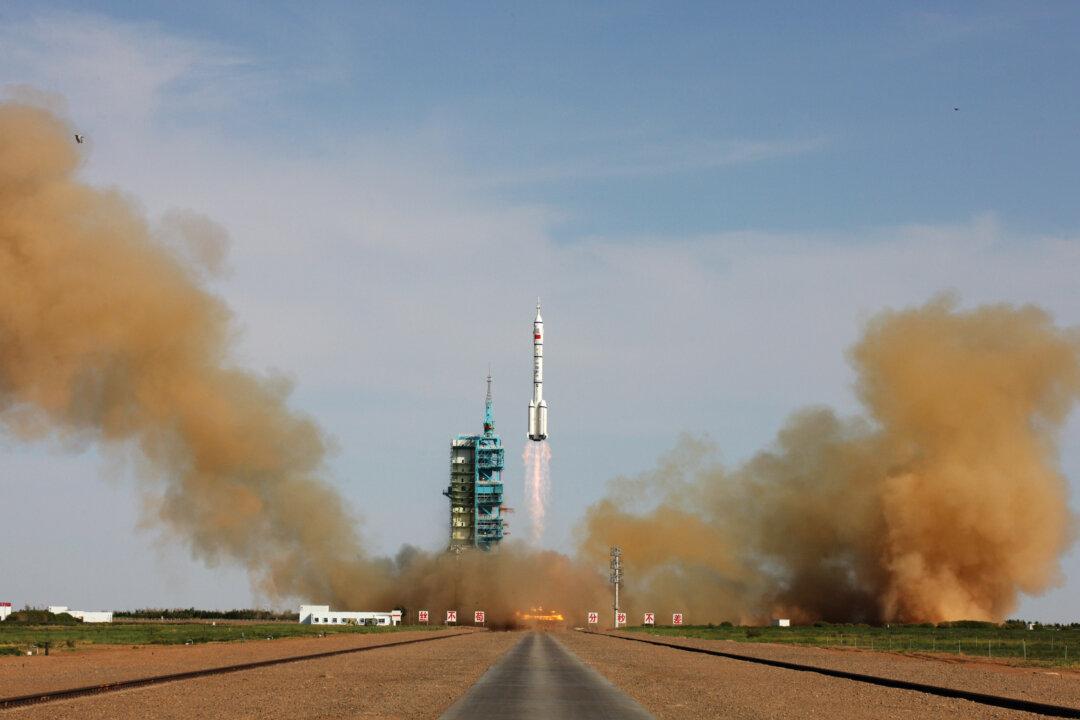Commentary
On Oct. 19, the 6th China (International) Commercial Aerospace Summit Forum was held in Wuhan, the capital of Hubei Province. Chinese media touted Beijing’s aerospace program, in particular, the “Tengyun project.”

On Oct. 19, the 6th China (International) Commercial Aerospace Summit Forum was held in Wuhan, the capital of Hubei Province. Chinese media touted Beijing’s aerospace program, in particular, the “Tengyun project.”